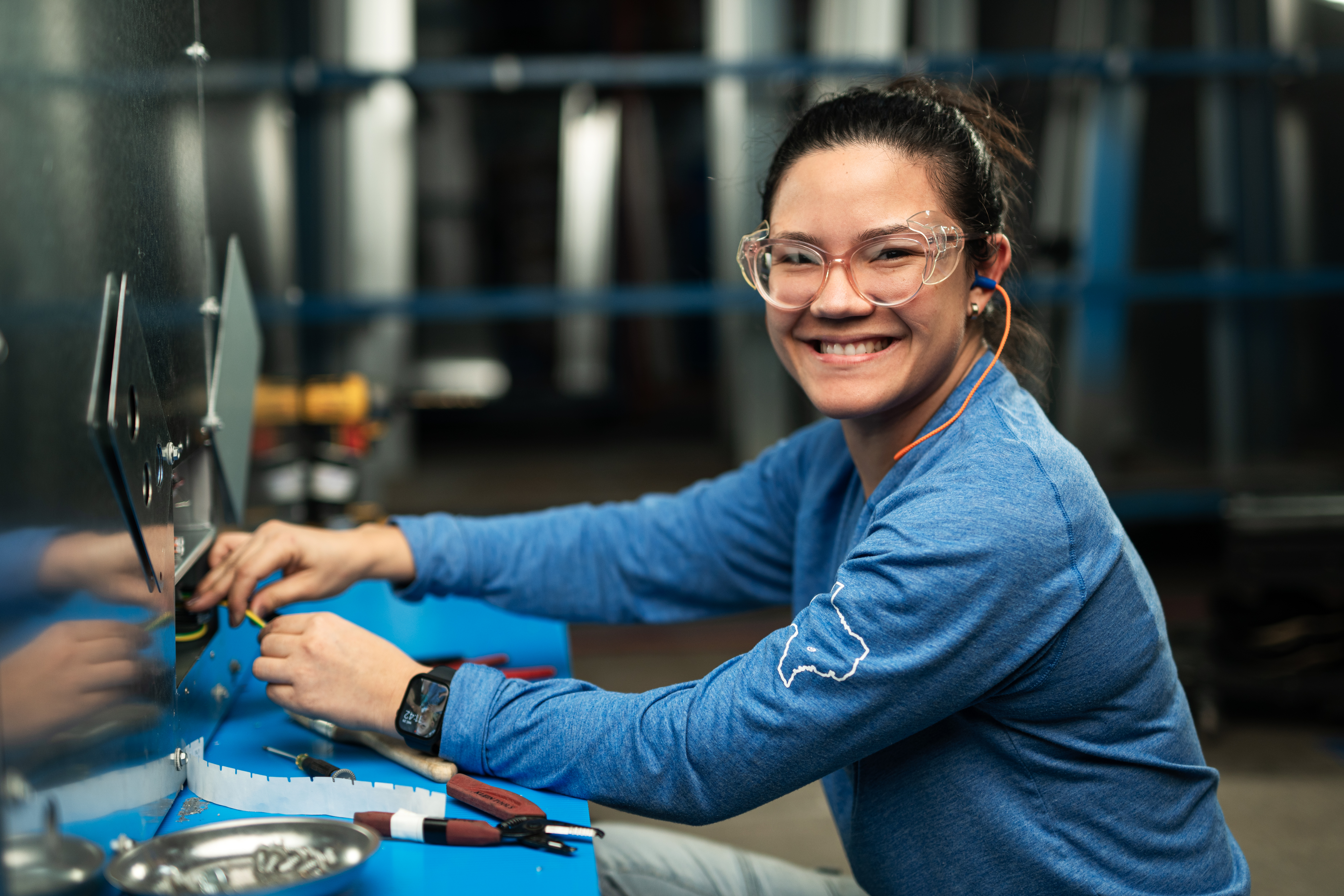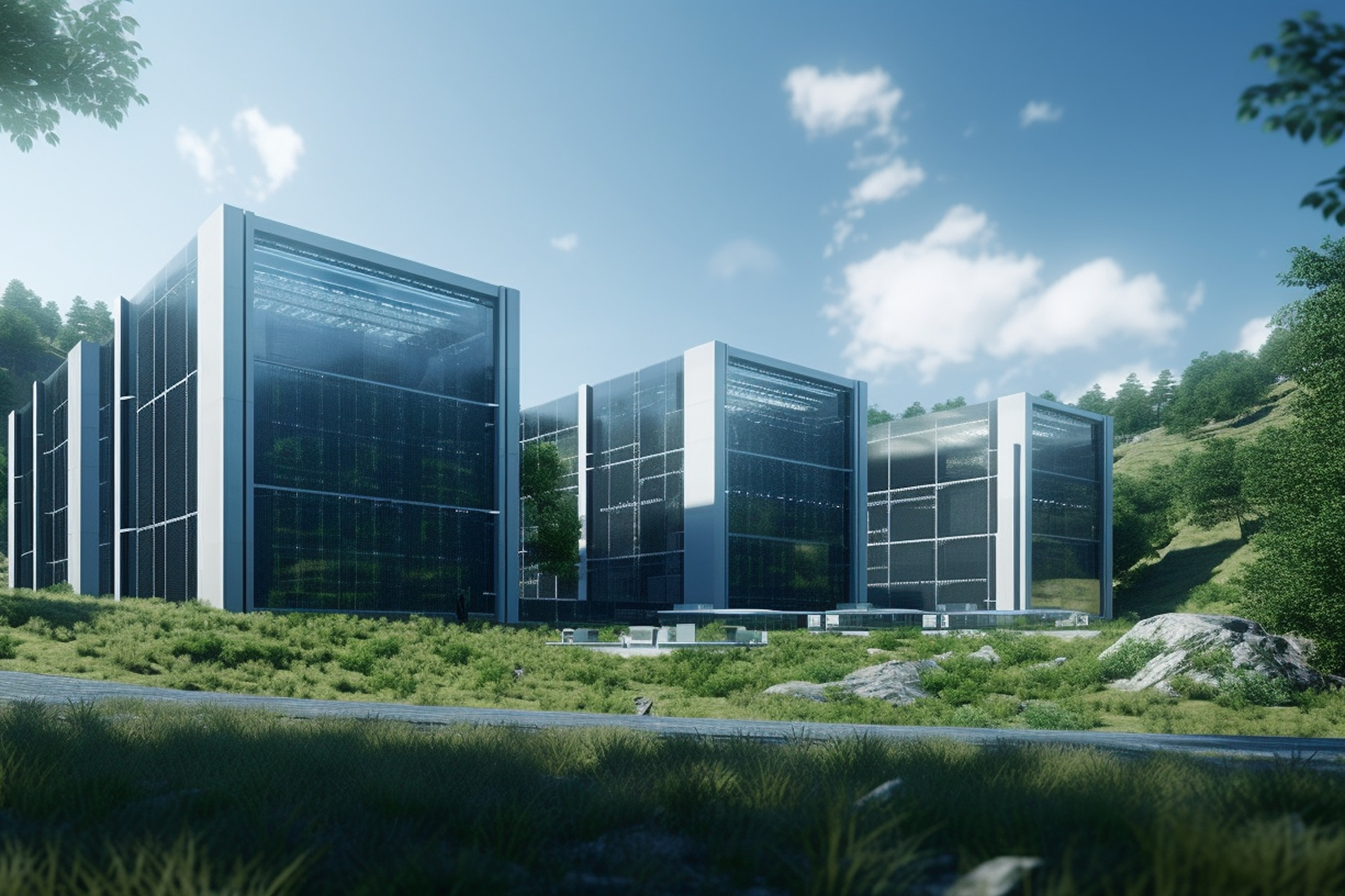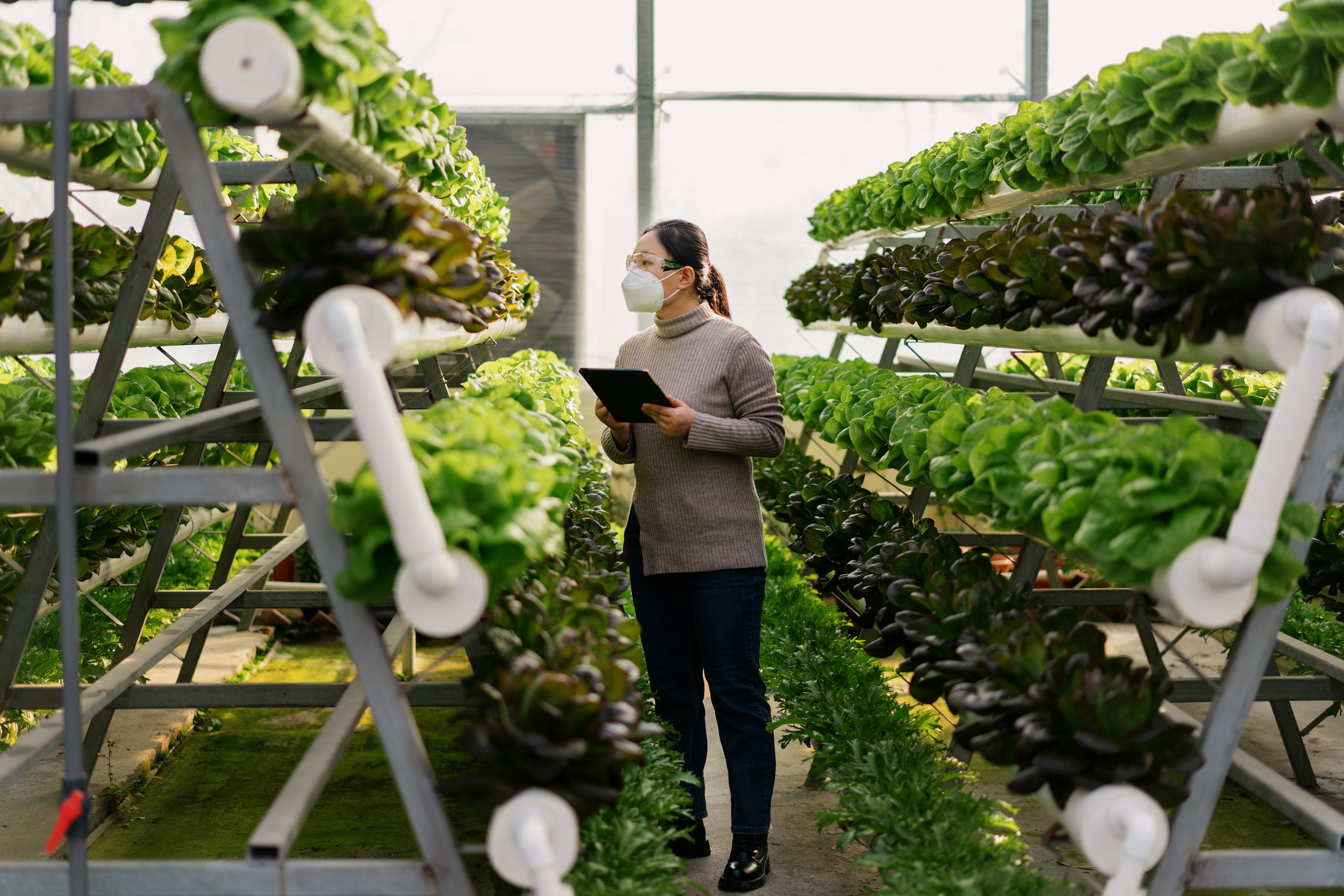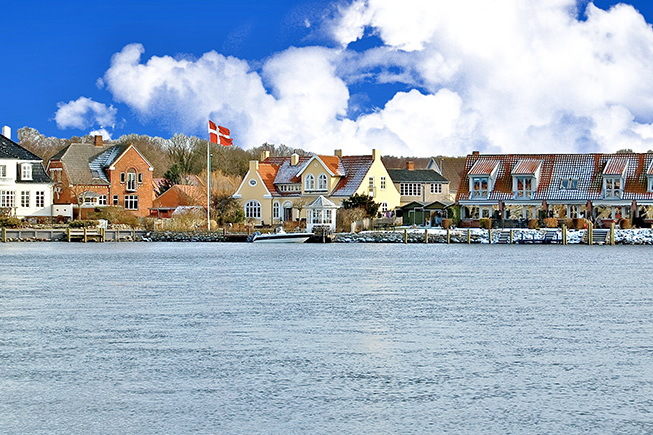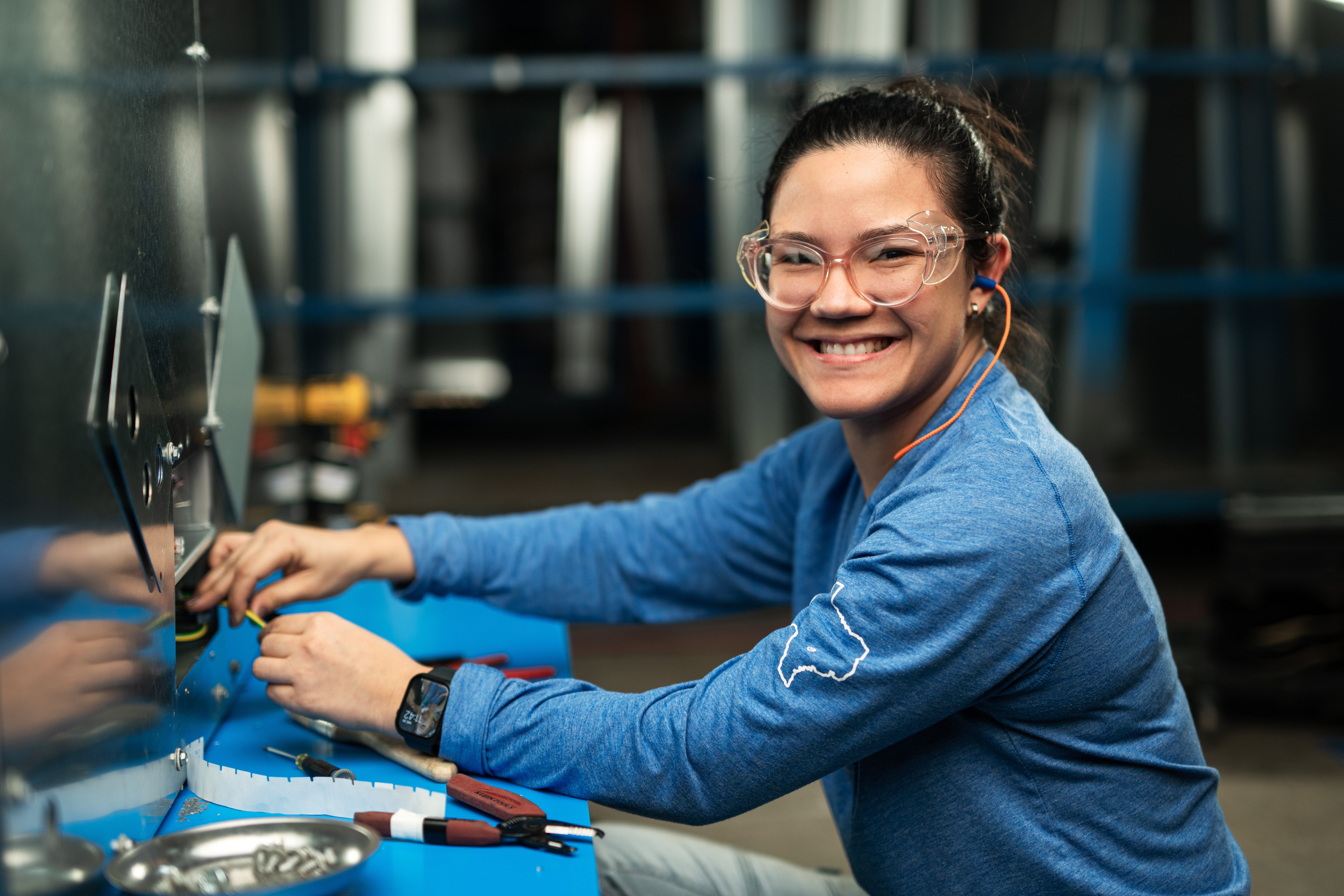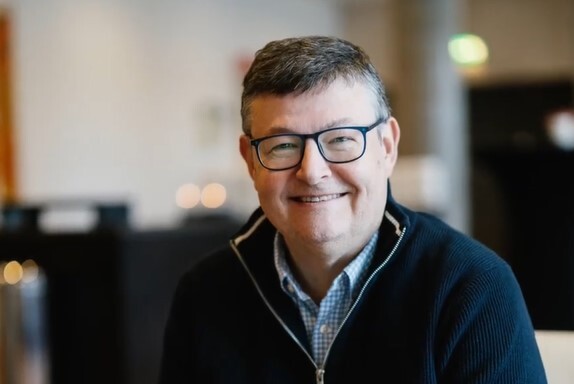Munters est reconnu
pour son travail en
matière de durabilité
Combat ice with the new IceDry 1400 AirC
Solutions de refroidissement par air et par liquide adaptables et écoénergétiques pour les centres de données
Digital climate control for agriculture
Industries sélectionnés
Tous industriesUpcoming events
All eventsJan 28-Jan 30
ExhibitionIPPE
Georgia World Congress Center 285 Andrew Young International Blvd NW Atlanta, Georgia USA28/01/2025 10:00:00 - 30/01/2025 17:00:00
Feb 10-Feb 12
ExhibitionAHR Expo
Orange County Convention Center, Orlando, Florida10/02/2025 10:00:00 - 12/02/2025 16:00:00
Mar 12-Mar 14
Jun 3-Jun 5







